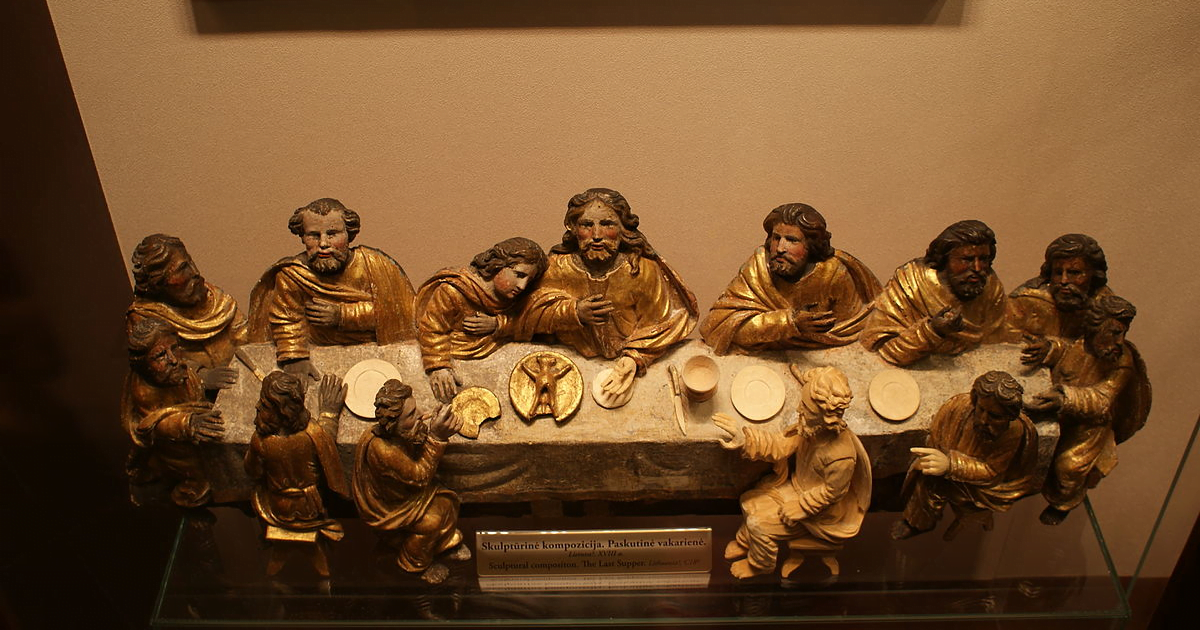Sacred Art Exploring the spiritual meaning behind the works of art
We all know that sacred art is about much more than just the artist’s feelings or technical abilities. It can be a way to express religious beliefs or to show reverence for something holy.
But what happens when that artwork is created by someone who isn’t part of the target audience?
For example, what if a Catholic artist creates a painting of Jesus Christ, but the person looking at it is not Catholic?

Does that mean they can’t appreciate the beauty of the work?
Of course not!
In fact, sacred art goes beyond race or gender.
Everyone can appreciate its beauty and power, regardless of their background.
Sacred art more than just race or gender
My family and I attended Mass on a typical Sunday in the late 1960s when we arrived at St. Leo’s Church to discover that someone had spray-painted black paint onto their face of Mary’s statue outside church grounds! This single event would change our weekend forever, making an indelible impression for me as an 11-year-old boy attending school nearby who just wanted some peace during what is normally such busy times before winter break starts.
The energy of this time period is best represented by protest music like Black Power, civil rights marchers, and the open housing movement. The people were struggling with what name to use for themselves; they wanted more than just being African American or black but also whether it meant changing their appearance as well?
The church was a racial powder keg, and everyone knew it.
White people were seething with anger as they watched black members of the community take over their sacred space; some even went so far as to say that this act should be considered an example of how radioactive Blackness is in America today—a desecration if you will (or perhaps pride).
But what did these actions really reflect?
Did creating such division between brethren truly serve any purpose other than deflecting attention away from issues like gun violence or poverty rates by polarizing all notions associated w/ race into one negative category: “racism.”
With the recent influx of racial tension in America, many people are asking what color God and Jesus Christ actually were.
That being said there is a new study which will be coming out soon from Stanford University about this very topic!
What if God is a white man?
That’s the question researchers tried to answer in their studies.
They found that when people view God as an old, bearded guy with blue eyes and sandy hair then not only do they tend to believe Him more than any other gender or race but also think those individuals are better suited for positions of leadership and authority on Earth too!
The lead researcher psychologist Steven Roberts summarized this major conclusion by saying:
“Basically if you believe…a White Man Rules The Heavens,”
it becomes easier.
The Abu Bakr Mosque is one of the most beautiful places I have ever been to. The architecture, art, and culture are all combined in this sacred space to create an experience that feels like you’re living out your dreams with God on Mount Tabor above us watching over every detail; not only does it make me feel safe but also humble knowing He cares so much for His creations.

We all know the old adage “ advertiser beware of what they advertise”. It is equally true for our understanding and perception of God.
If we are constantly bombarded with images in media, on billboards, or churches which only paint one partakes image–that being white—it can be difficult not to conclude something about who reflects this goodness/beauty better than others do and whether those people most closely resembling these representations might even deserve greater proximity within their communities’ boundaries. It doesn’t take much effort at fault here: just look around you!
The production of predominantly white sacred images obscures and degrade the sanctity of non-white lives.
They also give people–especially men like you who are sensible with their emotions!
A false sense of superiority as if being nice means there’s something wrong when it comes down to race relations
The author is making two points here: firstly, by wiping out all opposition through sheer numbers; secondly this has led us into believing our own lies about ourselves because we only see what supports Flat Earth beliefs.

The church has been guilty of racism and sexism. conveniently forgetting that God is beyond race, gender or nationality; this imagery implies the Bible can be used to justify any form towards worshiping oneself rather than Him since it only talks about white males when in reality there’s no mention at all which races/genders were present during Jesus’ time on Earth (which would make sense considering he probably didn’t have much contact with others).
It seems like some people just want their own culture glorified instead off following His example by not being judgmental — even if you disagree.
The story of black people in America is one steeped with spirituality.
But what about all other races?
Shouldn’t their sacred art better represent “on earth as it was in heaven” when they were below or beside us beings who are female-gendered and male numbered among creation’s masterpieces?

